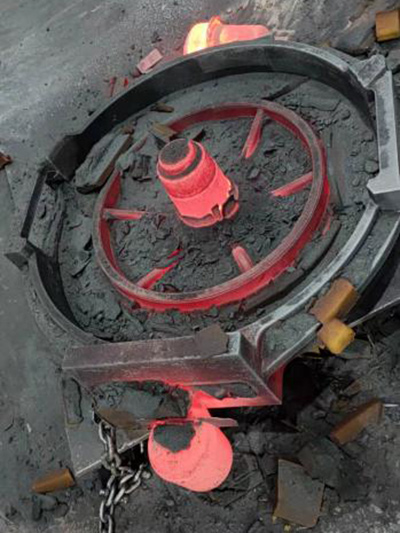The Role of Ceramic Sand in Modern Industry
Ceramic sand, a material often overlooked in discussions of industrial resources, has gained increasing attention for its unique properties and versatile applications. In the realm of material science, ceramic sand is recognized for its distinct characteristics, making it an essential component in various industries ranging from construction and ceramics to oil drilling and environmental protection.
What is Ceramic Sand?
Ceramic sand is a type of granulated material composed primarily of silica and can also include other minerals such as alumina, zirconia, and various clay components. This composition endows it with a high level of thermal stability and structural integrity, which are crucial for many industrial applications. The manufacturing process typically involves heating the raw materials to high temperatures, transforming them into a hard, durable product. This process not only enhances the physical properties of the sand but also imparts it with unique mechanical advantages.
Applications in Industry
One of the most notable uses of ceramic sand is in the production of foundry molds and cores. The high melting point of ceramic sand makes it an ideal choice for casting processes, particularly in the production of complex metal components. Traditional molding sands, such as silica sand, can often break down under high temperatures, leading to defects in the final product. In contrast, ceramic sand maintains its integrity, providing a smoother surface finish and better dimensional precision for castings. This feature is particularly vital in aerospace and automotive industries where quality and precision are paramount.
Another significant application of ceramic sand is in oil and gas exploration. In hydraulic fracturing, or fracking, ceramic sand is used as a proppant to keep fractures open and allow hydrocarbons to flow more freely. Its round shape and durability enable it to withstand the high pressures and harsh chemicals encountered in subsurface environments. As energy demands continue to rise, the use of ceramic sand in this sector is expected to grow, providing an economical and efficient solution for extracting fossil fuels.
Environmental Considerations
ceramic sand

With the increasing awareness of environmental issues, the potential of ceramic sand in eco-friendly applications is also being explored. For example, it can be used in the production of ceramic filters for water purification systems. The porous structure of ceramic materials allows for effective filtration, capturing contaminants and ensuring clean water supply. Additionally, ceramic sand can be incorporated into lightweight composite materials aimed at reducing the carbon footprint of construction projects.
Furthermore, advancements in recycling technologies are showcasing the capability of ceramic sand to be recycled and reused, minimizing waste and promoting sustainable practices. This is particularly crucial in the construction industry, where minimizing environmental impact is becoming increasingly important.
Future Prospects
The future of ceramic sand looks promising, driven by ongoing research and technological advancements. As more industries recognize the benefits of ceramic sand, the demand for this material is expected to grow, leading to innovations in its applications. For instance, researchers are currently exploring the use of ceramic sand in 3D printing, a technique that is revolutionizing manufacturing by allowing for rapid prototyping and production of complex geometries. The incorporation of ceramic sand in this process could enhance the properties of printed components, making them more durable and heat-resistant.
Moreover, as environmental regulations become stricter, industries may turn to ceramic sand as a more sustainable option compared to traditional materials. The ability to create high-performance products while adhering to environmental standards will undoubtedly position ceramic sand as a material of choice in the future.
Conclusion
In conclusion, ceramic sand is much more than a simple granulated material; it is a versatile resource that plays a crucial role in several industries. From foundry applications to energy extraction and environmental protection, its unique properties make it indispensable in modern applications. As we move towards a more sustainable and innovative industrial landscape, the importance of ceramic sand will undoubtedly continue to rise, paving the way for new solutions that meet the demands of both industry and the environment. The exploration and utilization of ceramic sand represent an exciting chapter in the world of materials science, with limitless potential awaiting discovery.
Post time:অক্টো. . 05, 2024 06:54
Next:Exploring the Benefits and Uses of G2 Super Sand in Modern Landscaping
